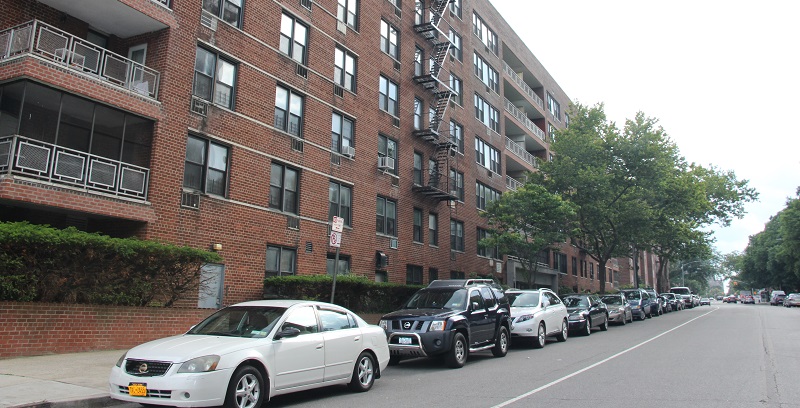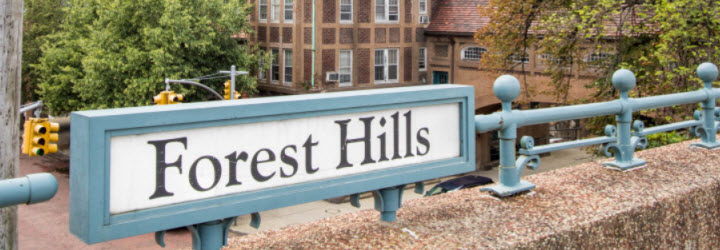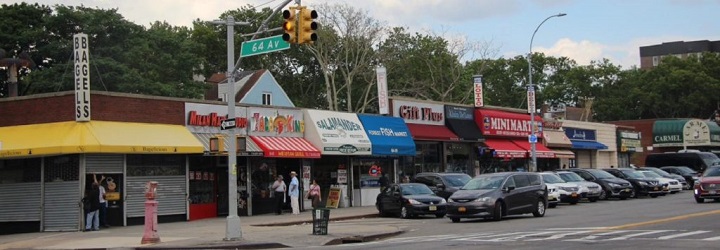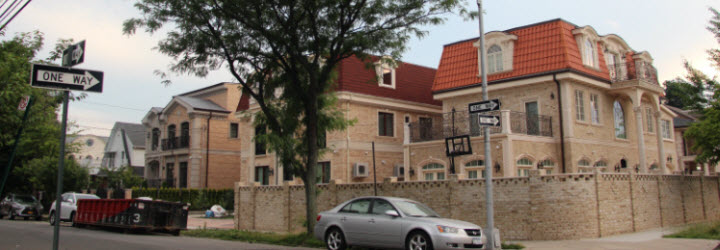Urban apartments are not exactly known for sprawling floor plans, and Forest Hills apartment rentals are no exception. If you are renting an apartment in Forest Hills, allow us to suggest a few small-space solutions that will make a big impact on your living arrangement!
1. Let the sun shine in. Flood your apartment with natural light to make it seem more spacious. Use breezy curtains and paint your walls in a light color to complement the airy vibe.
2. Invest in pretty storage baskets or boxes. These handy tools will effectively disguise your not-so-attractive necessities and keep your space organized. A small desktop basket can hold your device chargers, a printed box can hold out-of-season clothing…you get the idea!
3. Make those pretty storage containers do double-duty. That printed box that’s home to your winter sweaters? Make it into an end table! The vintage storage trunk that holds extra pillows and blankets? It’s also a coffee table! You’ll save space and score a unique piece of “furniture” at the same time.
4. Switch to a Murphy-style or loft bed. This suggestion is aimed at our studio dwellers! Beds are a huge space-stealer in Forest Hills apartment rentals. Reclaim your floors with one of these options.
5. Think tall. Whether you are displaying knick-knacks or storing essentials, consider options that use wall space instead of floor space. Purchase a tall shelving unit, or create your own by stacking smaller shelving units on top of one another. If you do the latter, be sure to follow the manufacturer’s recommendations for safety!
An Important Note About Forest Hills Apartment Rentals
Before you make any major changes, contact your landlord. Painting, putting holes in walls or any other permanent changes to the interior is a no-no in some Forest Hills apartment rentals.
Find Out More
Don’t let small space discourage you from Forest Hills apartment rentals. With a little creativity, you can turn a cluttered apartment into an urban oasis in this great Queens neighborhood! Get in touch with Forest Hills Realty today to see how an apartment can work for you.
Contact us at (718) 997-6000 or email us today for any questions!









